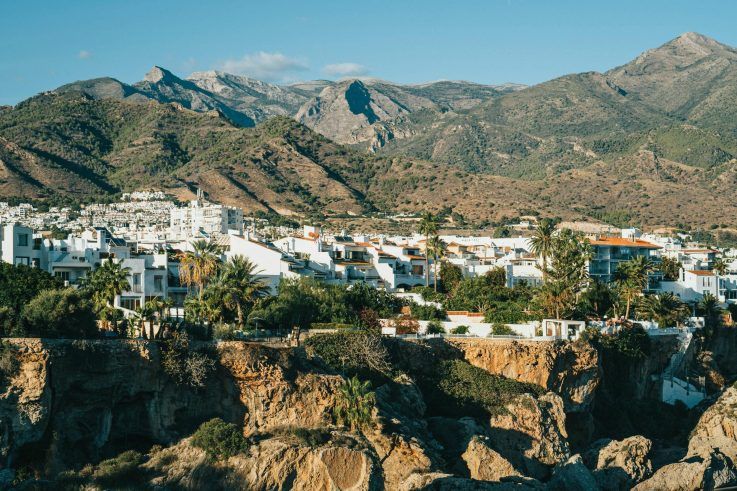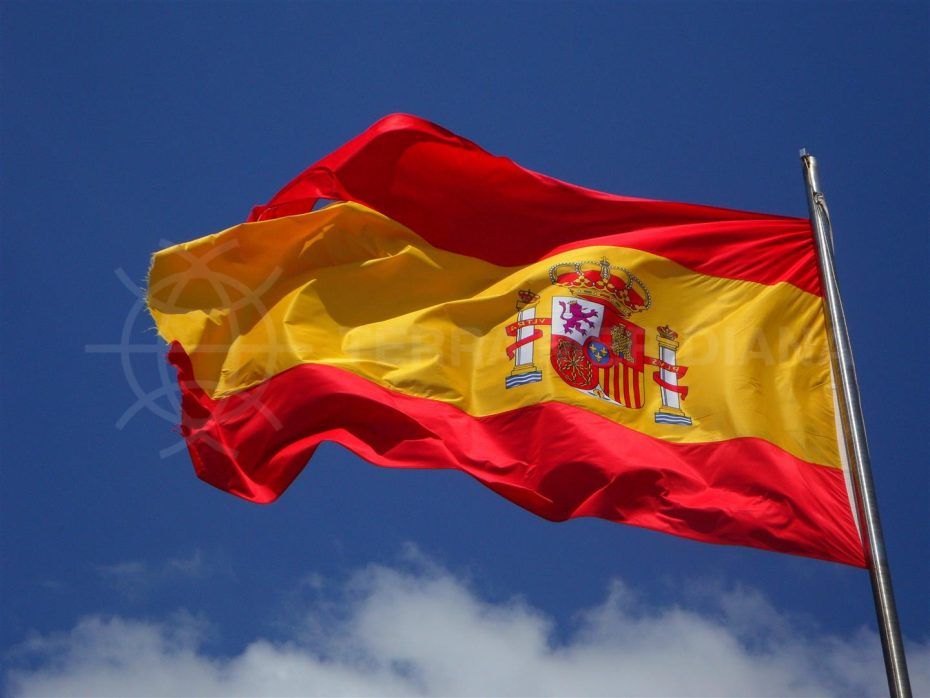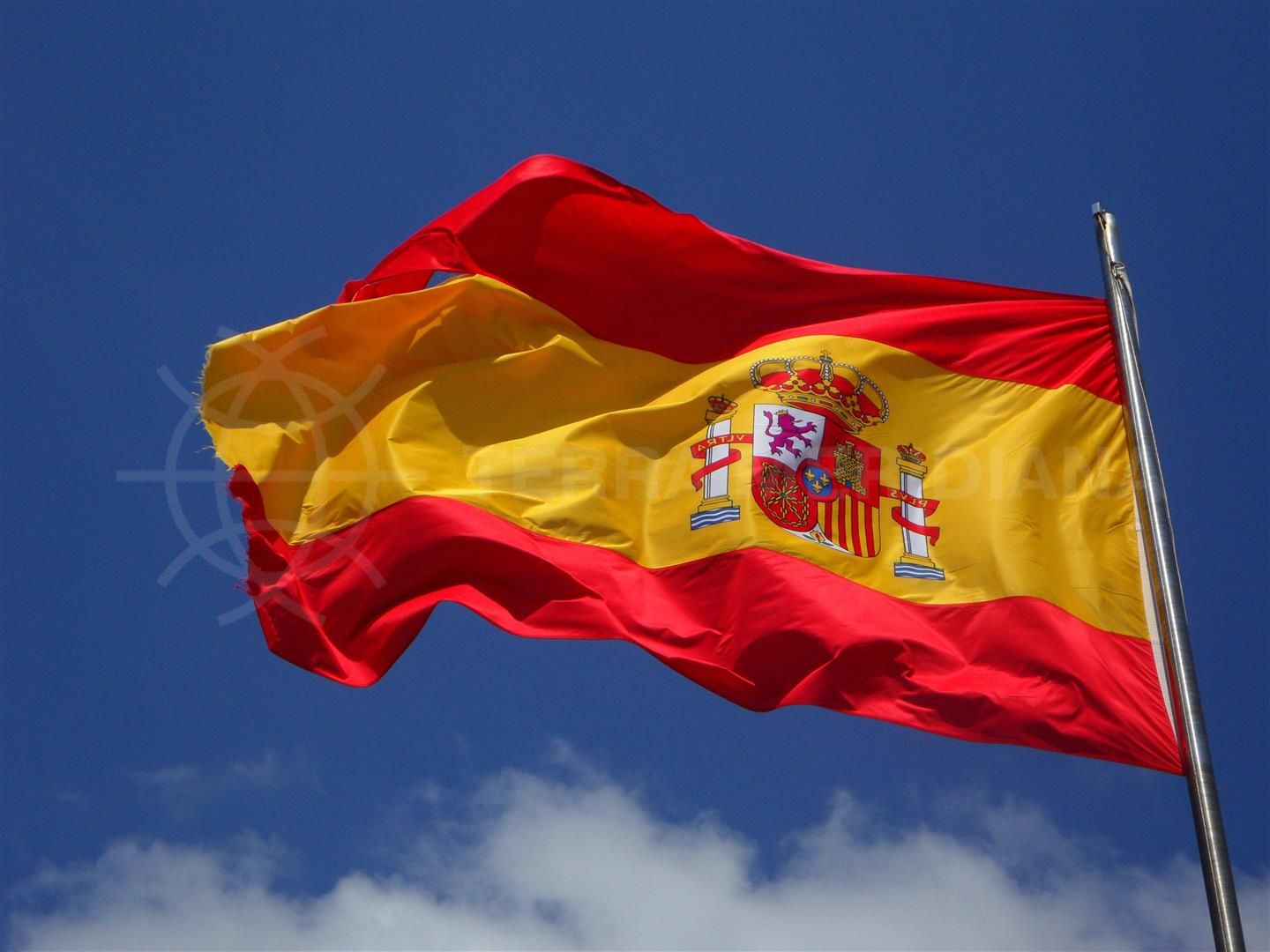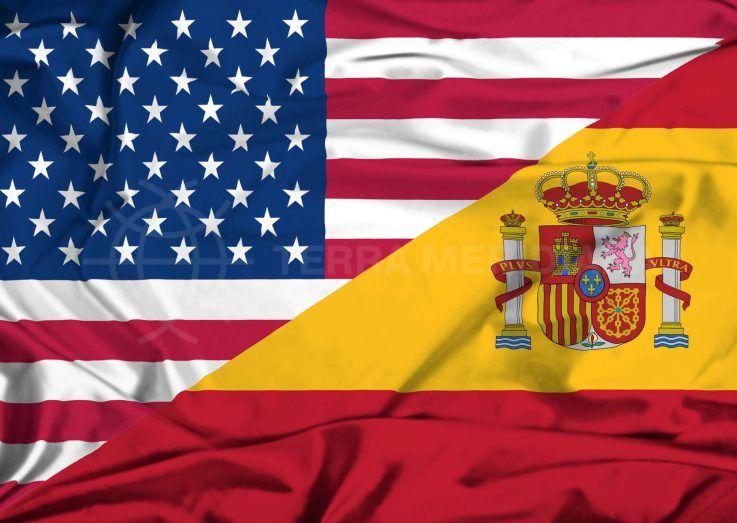
Opinion
Cancelling the Spanish Golden Visa Would Send A Terrible Signal

In the middle of February, Ireland and then Portugal announced that they were cancelling their versions of the so-called “Golden Visa” scheme. This program gave residency to non-European Union citizens who invested a certain amount of money in the country.
The programs generated substantial foreign investment in both countries, with Portugal profiting almost €7 billion since the program was initiated in 2012. In 2022, Portugal saw a 41.9 percent increase in investments through the Golden Visa program, which rose to €654.2 million for that one year. Despite this success, Portugal and Ireland have chosen to revoke their programs out of fear that it was encouraging money laundering and contributing to a speculative bubble.
There’s no doubt that Portugal has a problem with, for instance, a lack of affordable rental housing stock in its cities. Lisbon saw rent increases last year of close to 37%. So, I suppose that it’s understandable that governments want to rein in uncontrolled price growth. Except that recent data suggests house prices in Spain are, in comparison to other countries in Europe, anything but exuberant.
What’s more, house price inflation in 2022 was 7.4%. That might seem high but overall inflation was 8.3%, which suggests a decline in house prices, in real terms, in comparison with the overall economy. According to a study by ING, house prices aren’t expected to rise at all in 2023.
Bad Timing
Now Spain might be considering doing the same. In the same week that Portugal cancelled their program Más País, a small left political party in the Spanish parliament, proposed cancelling Spain’s version of the Golden Visa program. Iñigo Errejon, the Más Pais leader, has confirmed that they are now meeting with government ministers to discuss what this will look like. What is on the table is either the outright cancelation of the program, or doubling the amount required to qualify, from €500,000 to €1 million.
How does the program work?
As with Ireland, Portugal, Greece and some other countries, the Spanish Golden Visa scheme is a residency program designed to encourage investment. It grants long term residency to non-European Union citizens who invest a certain amount of money in the country. The required amount varies based on the type of investment, with a minimum of 500,000 euros for a property purchase. A larger investment in a business or government bonds grants the same visa, though the property requirement has been the most popular.
This residency allows the investor to live and work in Spain, access social services like public healthcare and education. It also puts them on the road to citizenship, if they choose. Finally, it allows visa holders to bring immediate family members to Spain. The Golden Visa scheme in Spain has been incredibly successful, attracting around €1 billion in investments every single year in direct investments.
This significantly contributed to the Spanish economy and helped to increase the number of foreign buyers purchasing property in Spain. In the first half of 2022, foreign buyers accounted for 14% of all property purchases in Spain, the highest number ever. Of these, the largest non-EU purchasers of property were the British, who made up 10% of all foreign home purchases in Spain, that’s almost 11,000 homes in one year.
The majority of British purchases in Spain are under €300,000 and therefore the Golden Visa doesn’t apply. However, in the Costa del Sol, where 60,000 of Spain’s 400,000+ British expats live, fully one-third made purchases over one million Euros. On the one hand, the impact of the Golden Visa program, if we look at raw numbers, is rather small.
Since the launch of the Golden Visa program in 2013, about 25,000 people have acquired a golden visa. Over half come from China and Russia, though Russians have now been barred from the program. To put that 25,000 in perspective, that is for ten years of the program in total. Last year Spain welcomed over 300,000 non-EU immigrants in total. That means that the Golden Visa represents less than one percent of residency permits.
There were only just under 7,425 active Golden Visa holders at the end of 2021 as a result of many residents having converted to citizens or having given up their residency. The number of approved Golden Visa applications per year is about 2,500,which is a tiny number given that last year over 750,000 properties were purchased. Foreign buyers were behind only 7 percent of Spanish home purchases worth over €500,000.
So, it makes no sense to say that the Golden Visa program is responsible for the lack of affordable housing. On the other hand, the actual impact on investment and the economy is large. That’s true not just in terms of the billions that the program brought into the country. The Golden Visa program has also contributed to the sense that Spain is an attractive investment location, friendly and inviting to foreigners who want to make the country their home.
We know, and I’ve written before, that the Spanish housing market has solid fundamentals. Much more so than, for instance, Sweden or Canada. But it is vulnerable to negative sentiment in the context of the negative headwinds I discussed above. If Spain begins to turn an unfriendly face to foreigners, even only the wealthy ones, it could create a further negative inertia in the real estate market. Hopefully the central government will toss the proposal by Más País quickly into the dustbin.
Updated May 2023
By Adam Neale | Opinion | May 25th, 2023
Related Posts


